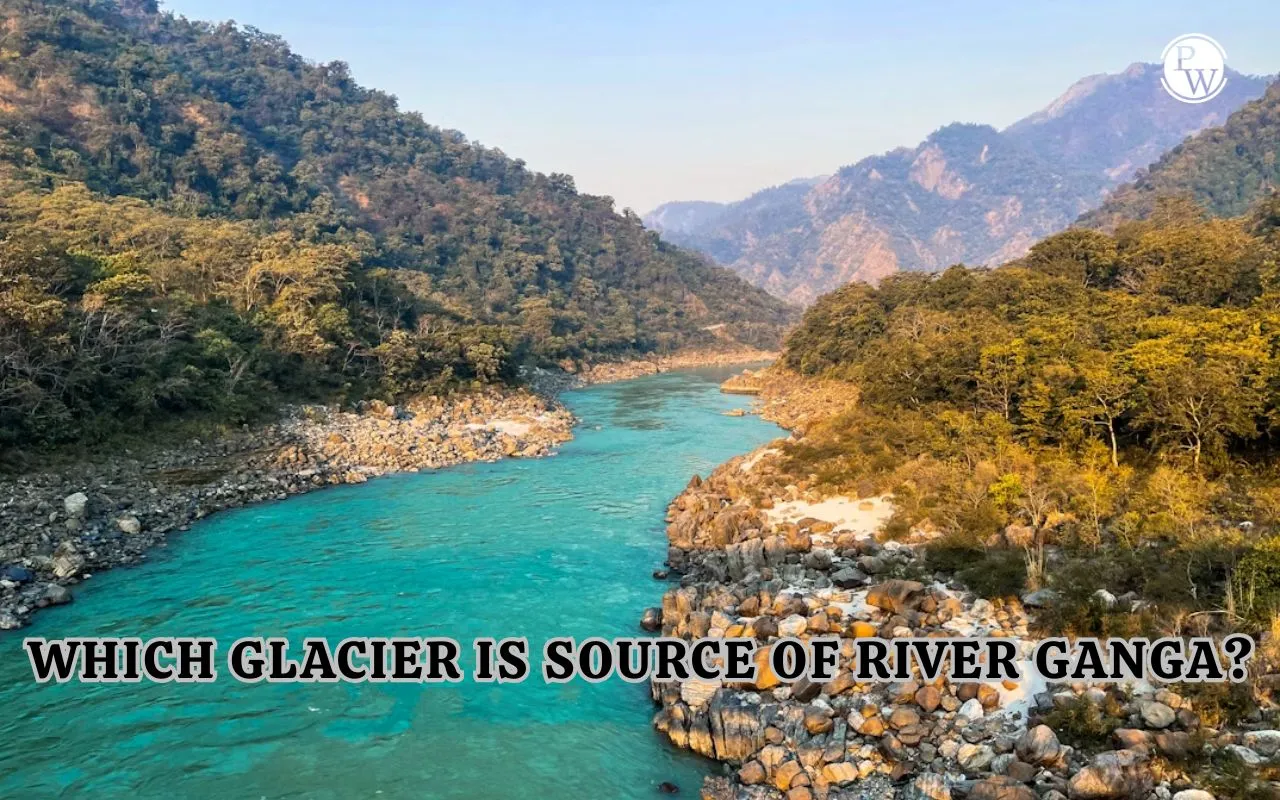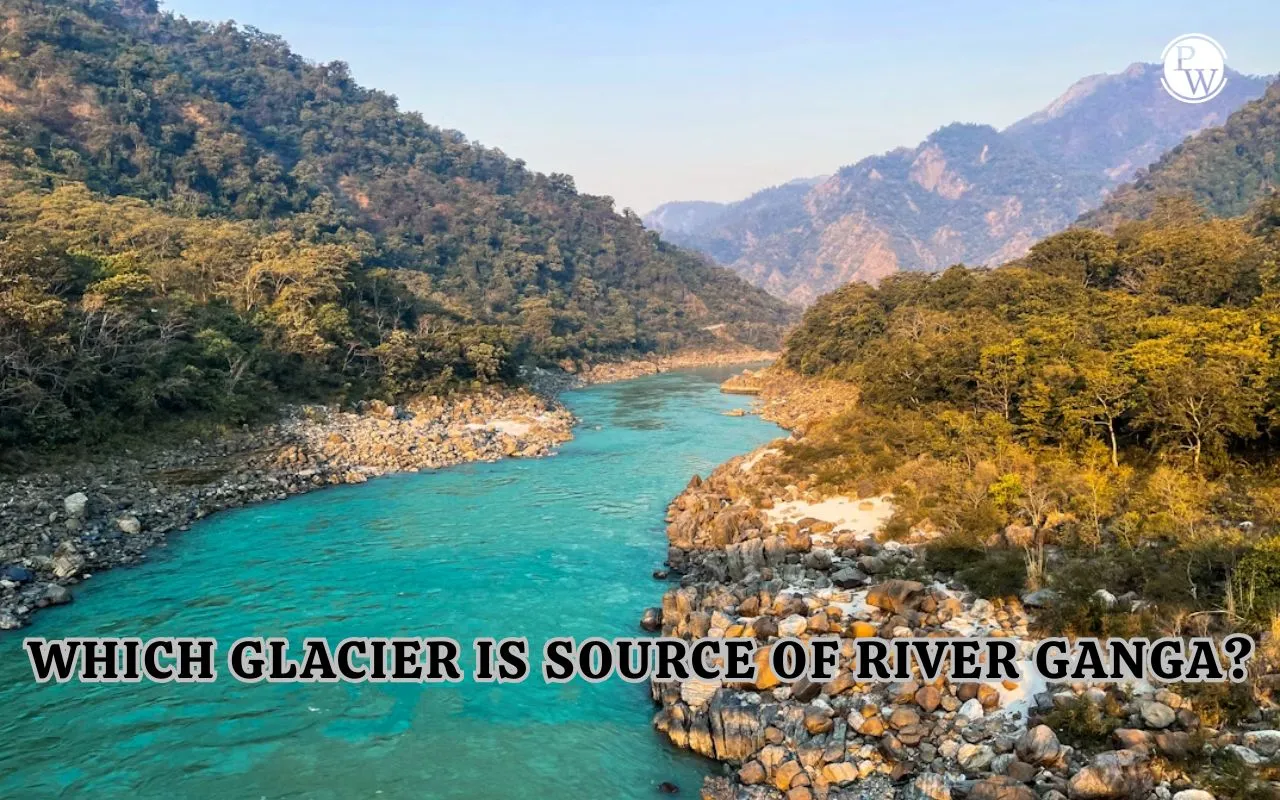

The River Ganga, one of India’s most sacred and significant rivers, begins its journey high in the Himalayas from the Gangotri Glacier. Located in Uttarkashi district of Uttarakhand, this massive glacier is the origin of the Bhagirathi River, which later merges with the Alaknanda to form the Ganga at Devprayag.
Surrounded by towering peaks and fed by centuries-old ice, the glacier has shaped not only the physical geography of northern India but also its cultural, spiritual, and historical identity. Every year, pilgrims and trekkers visit Gaumukh, the glacier’s snout, to witness the origin of this iconic river.
Gangotri Glacier
The Gangotri Glacier, one of the largest glaciers of the central Himalayas, is the primary source of the River Ganga. Situated in the Uttarkashi district of Uttarakhand in the Garhwal Himalayas, it originates on the northern slopes of the Chaukhamba range. The glacier is fed by the snowfields of several prominent peaks, including Shivling, Thalay Sagar, Meru, and Bhagirathi III, stretching nearly 30 km long and 4 km wide at an altitude of around 4,000 metres, near the Tibet border.
Its snout, known as Gaumukh, resembles the mouth of a cow and is revered as the exact point where the Bhagirathi River begins. This river flows through Gangotri, Uttarkashi, and Rishikesh, gathering tributaries as it descends the mountains.
How the Bhagirathi Meets the Ganga
As the Bhagirathi continues its course, it eventually reaches Devprayag, where it meets the Alaknanda River, a major Himalayan river originating from the Satopanth and Bhagirath Kharak glaciers.
The sacred confluence at Devprayag marks the official formation of the River Ganga.
From this point forward, the river flows as the Ganga, traversing the northern plains of India.
The Gangotri Glacier system also includes major tributary glaciers like Raktvarn, Kirti Bamak, and Chaturangi, making it a vast and complex network of ice and snow. Due to its religious importance, thousands of pilgrims trek to Gaumukh each year to witness the birthplace of the Ganga.
Importance of the Ganga River
The Ganga River is very important to India for many reasons—religious, cultural, economic, and environmental.
Religious and Cultural Importance
The Ganga is considered holy in Hinduism. Millions of people take part in prayers, festivals, and rituals on its banks. Many believe that bathing in the river cleanses the soul. The river is lined with famous ghats, temples, and pilgrimage places that attract devotees from all over India.
Economic Importance
The Ganga River basin supports a large part of India’s population. It provides water for farming, drinking, and industries. The river helps grow crops, supports fishing, and provides jobs to many people. It is also used for transport and trade in several areas.
Ecological Importance
The Ganga supports many natural habitats like wetlands, floodplains, and mangrove forests. These areas are home to many plants and animals, some of which are rare or endangered. The river also helps maintain the local climate and water cycle.
Historical Importance
For thousands of years, many ancient cities and kingdoms developed along the Ganga. It has seen the rise and fall of empires and has been a centre for culture, learning, and trade. The river has shaped the history and traditions of the region.
